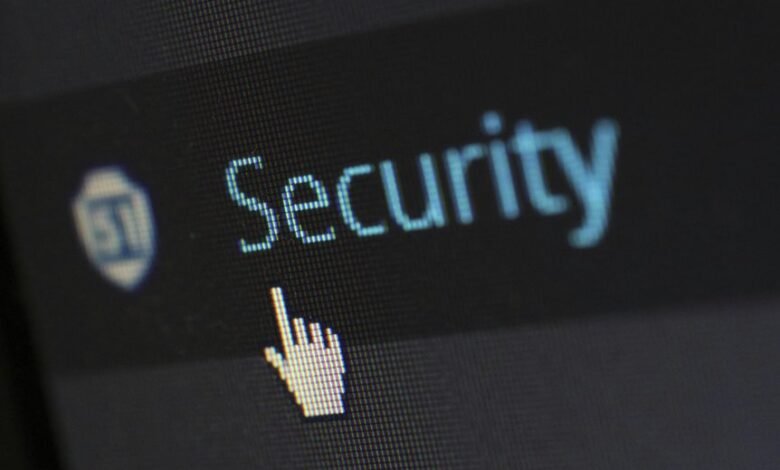Exploring 833-917-4025 in Network Security

The phone number 833-917-4025 illustrates the dual role of contact numbers in network security. It serves as a vital communication link during security incidents and for customer verification. However, its presence also invites risks, including phishing attacks and data breaches. Understanding how this number operates within the broader context of network security can reveal both potential vulnerabilities and protective measures that organizations must consider. The implications are significant and warrant further examination.
The Importance of Contact Numbers in Network Security
Although often overlooked, contact numbers play a crucial role in network security by facilitating rapid communication during incidents.
Effective customer verification processes hinge on prompt access to accurate contact information, enabling swift responses to potential threats.
Moreover, these numbers serve as a vital tool in fraud prevention, allowing organizations to authenticate identities and mitigate risks associated with unauthorized access or fraudulent activities.
Analyzing 833-917-4025: A Case Study
When evaluating the phone number 833-917-4025, it becomes essential to consider its implications within the framework of network security.
Analyzing vulnerabilities associated with this number reveals potential risks, including phishing attempts and data breaches.
Consequently, evaluating trustworthiness becomes paramount for users engaging with services linked to this number, ensuring they remain vigilant against threats that may compromise their security and privacy.
Mitigating Risks Associated With Customer Support Numbers
How can organizations effectively mitigate the risks associated with customer support numbers?
Implementing robust customer verification processes is essential to safeguarding against unauthorized access.
Additionally, organizations should prioritize phishing prevention by educating customers on recognizing fraudulent communications.
Utilizing secure communication channels and regularly monitoring for suspicious activities further enhances protection.
These strategies collectively foster a secure environment, enabling customers to confidently engage with support services.
Conclusion
In the realm of network security, 833-917-4025 symbolizes the dual-edged sword of communication; it embodies both a lifeline for swift incident response and a potential gateway for malicious actors. This case study underscores the necessity for fortified security protocols and proactive consumer education. As organizations navigate this landscape, they must recognize that the integrity of their contact points is paramount, serving as both shield and sword in the ongoing battle against cyber threats.




